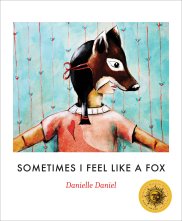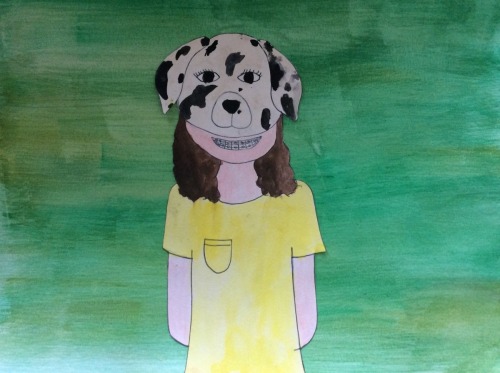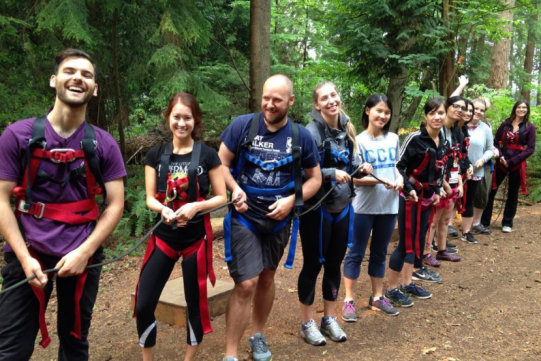I’m an assessment nerd. I like reading about it, talking about it, and experimenting with it in my practice. I find it fascinating because it seems like the missing link between social emotional learning and more “academic” competencies such as critical thinking. As someone who believes relationships come first but adores challenging students intellectually, formative assessment changed my life.
The Journey
Having said this, I didn’t start my career truly understanding formative assessment. As a new teacher, I felt I was very current because I loved using analytic (4-column) rubrics. I spent countless hours choosing just the right language to include in each column. I got very excited about projects and was proud that I gave lots of descriptive feedback on these tasks. I never believed much in the value of letter grades, so I would proudly share that I didn’t use these in my classroom regularly – they were only present on report cards each term. I did have an “aha” moment in my first or second year of teaching that providing an overall performance indicator on a specific task was exactly the same as assigning a letter grade. Duh. I also felt like no matter what the task, at least one kid didn’t fit into any of the boxes I had so carefully and thoughtfully crafted. But the most important realization? I didn’t notice any significant improvements in my students’ learning once I gave them all of this wonderful feedback. The learning was over. I was designing great end goals but I was ignoring the important part: how do we help students achieve these goals?

Slowly, I began learning more about formative assessment and the importance of questioning and feedback during the learning process rather than at the end. I was introduced to Dylan Wiliam’s work and started implementing learning intentions and criteria as part of our regular routine. Students starting to use this language and soon, I was giving targeted feedback both orally and in writing – as we learned – and we were exploring self and peer assessment in ways I had never thought possible. Rather than commenting on what they liked about someone’s final project or presentation, students were giving each other specific, descriptive feedback before they ever shared the final product. This resulted in more peer-peer support, greater sense of ownership, and better learning overall. They could actually provide evidence for their claims! Eventually, I moved away from analytic rubrics in favour of single-point rubrics, where the criteria simply indicate the expectation and the feedback can be personalized for each student. This showed me that there are ways to avoid placing students in categories and that the focus really can be on the learning 99% of the time. I was developing a greater understanding of my students, both as learners and as people, and this helped to shape our classroom environment. We developed a more explicit focus on social emotional learning and kids began talking about perseverance and growth rather than comparisons amongst themselves. I can honestly say that formative assessment is the single most important thing I ever shifted in my practice; it impacts everything.
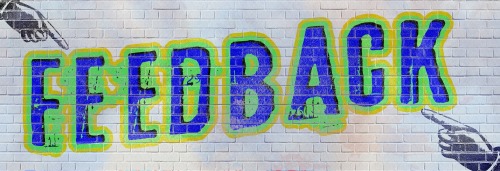
The Key Takeaways
Now working with pre-service teachers, I have a new perspective on formative assessment and the confusion that it inspires. For example, there is often a tendency to focus on the what rather than the how. Exit slips, observations, and work sample collections are all wonderful ways to gather evidence of student learning. However, it is so important to remember that these are simply tools. I could ask students to complete an exit slip at the end of a lesson, but if I don’t use it to guide my instruction and/or provide feedback, then it is really not being used formatively. We need to think carefully about how the information provided through the tool will guide our lessons, provide an opportunity for teacher feedback, or involve students in self and peer assessment. All of these are important features of formative assessment because they move learning forward.
Equally important is aligning our formative assessment with our summative. If we don’t have an end goal in mind, it becomes very difficult to design learning experiences that help students move toward that goal. Scaffolding is a term thrown around frequently in education, but often misunderstood. Really, scaffolding is the process of planning and assessment, which are interdependent and inseparable. Too often we teach one way and assess another, like providing lots of hands-on, interactive activities in Science but assessing with a written test that focuses on recall. This doesn’t make sense but it is an issue often overlooked in pre-service education courses. Summative assessment should reflect teaching practice in order to be fair, valid, and meaningful.
Finally, new teachers often remember that it’s important to collect evidence of learning and they use it to guide their own decisions in the classroom. They also tend to acknowledge that feedback is generally helpful for learning. What is most often forgotten is providing ample opportunities for students to apply the feedback in a timely manner. Spending hours on thoughtful comments is not meaningful if there is no opportunity for students to respond and/or try again. It also isn’t meaningful if it comes weeks after the experience. Whether it is with the same task or different but similar ones, students need multiple and frequent opportunities to practice and apply the feedback provided. Summative assessment – our end goal – is assessment of learning. How can we assess an end result if it is students’ first time doing something? This may seem simple, but I believe it is one of the most profound mindset shifts we can make as teachers.
I’ve learned so much over the years thanks to those who have shared and questioned their practice alongside me. Obviously, this post is not a comprehensive overview of assessment, but it’s always worth sharing stories and ideas. Formative assessment changed my entire practice as a teacher. It was the key to unlocking my students’ potential, and it was right in front of me all along. I hope there is something here to inspire you… or at least, to familiarize you with one of my nerdy teacher passions!
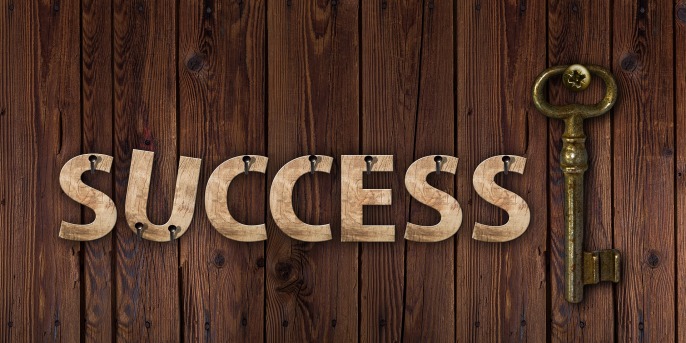 Photo Credits: Pixabay
Photo Credits: Pixabay

